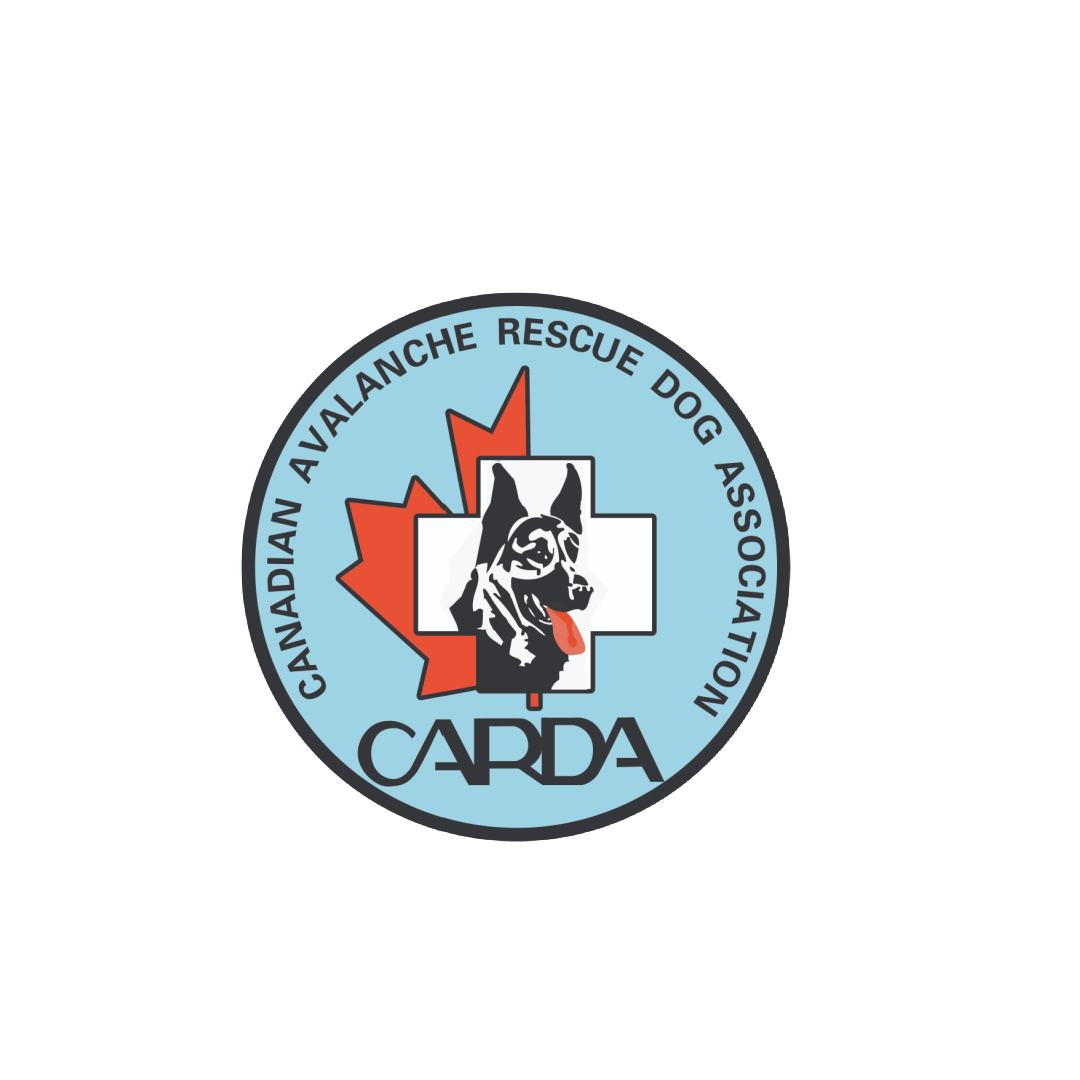Can I Pet Your Dog?
This is the most frequent question we get and it highlights the difference between working dog and pet. A working dog is just that. A dog with a job. A pet's primary function is to offer comfort. CARDA handlers often have to balance both sides. While we work with our dogs they are also part of our family. This is different from a professional working dog such as a police service canine. Those dogs are the constable’s partner period. They have a strict hand’s off policy from the public and interact solely with their handlers. They are trained to protect their partner and respond only to them. Needless to say they should not be approached.
As CARDA training is heavily based on the RCMP we all proscribe to the working dog attitude to some degree. Certainly there is many benefits to it especially for the high drive dogs. Working dogs are kennelled and this means that when the dog is unattended they are safe in their crates and not causing problems in the work area or to, for example, the owner’s vehicle. Anyone who has had a puppy can tell you that there will be a certain amount of destruction to home and property as the dog learns the rules. With a high drive search dog this is doubly true and expands to the workplace. A properly kennelled dog saves time and money.
Working dogs need to be highly focused on their job and with the more social dogs people can be a distraction. Having a hands off policy in the early developmental period re-enforces that the search game is the only one the dog should be fixed on.
Every handler is different and there are some of us that allow our dogs to be approached and to socialize with other people. Those of us with spouses and children have to balance the familys expectations with the needs of the job. The dog has to understand it’s place in the family and that can be a problem given the dog sees the handler as the Alpha and may try to put itself above the rest of the family. Consistent treatment by the handler and the family is the key.
Many of our dogs are friendly social animals and at the workplace the dogs can be utilized as a PR tool. People tend to be drawn to the dogs and it is an excellent way to promote interest in avalanche awareness. During the CAA Avalanche awareness week CARDA dogs are front and center for demonstrations and are a valuable asset in this function.
However much we chose to allow socialization there is one single determining factor. How well does the dog perform when searching. Nothing or no one else can exist to the dog other than the handler and the victim when it’s time to search. If a dog tries to interact with people when it is supposed to be searching then it is obvious that there is a problem. CARDA Handlers must always be one hundred percent certain that their social dog can perform as well as a working dog when it hits the fan.
Besides the socialization question there is also the responsibility of the handler to be professional. In this we follow a working dogs lead (literally). Ropes and carabeeneres are not leashes and are actively discouraged. Our dogs do not wear scarves and wear a proper identification harness. They have to be well groomed and well behaved. Handlers have to clean up after their dogs and ensure that the workplace does not suffer for the prescence of the animal
Do the dogs wear booties?
No. Booties take away the dexterity and tensile sensation. The dogs must be able to feel what they are working on and be able to spread and dig in their claws. Wearing booties is distracting and uncomfortable to a dog especially at first. It would be roughly equivalent to a person trying to climb a cliff face with mitts that are too small.
Don’t their feet freeze?
Well yes when it gets really cold. Just like humans when a dog’s feet freeze then they are that more susceptible to freezing in the future. Handlers simply have to understand the limitations of the dogs. The colder it gets the less effective the dog will be
How do you ski with them?
There are three main methods .
• Snowplowing with the dog running between the handler’s legs.
• Follow command
• On the shoulders
With snowplowing we can pace and protect the dog from other skiers. It is good for groomed runs and long flatter sections. (Caution is advised to the male handler with the large dog with the hard head)
The follow command is when the dog stays while the handler starts down a steeper pitch. After a few turns the command is given and the dogs runs down after the handler. Often this is the only way to get down a steep slope. The older the dog gets the harder this is on them
Teaching a dog to straddle the handler’s shoulders and ride on them is difficult but very useful. This is very handy for long travel times where the dog would become exhausted
